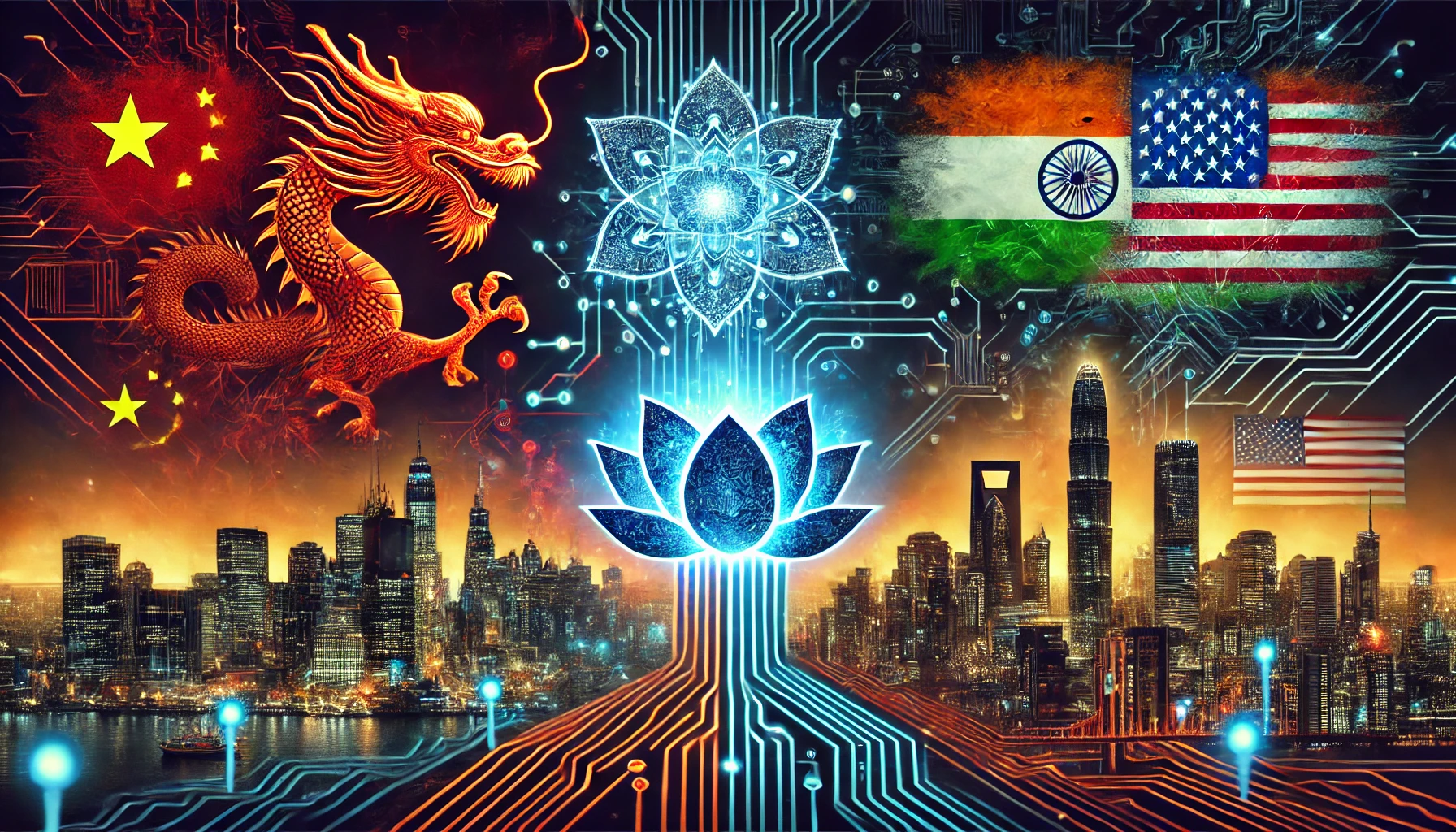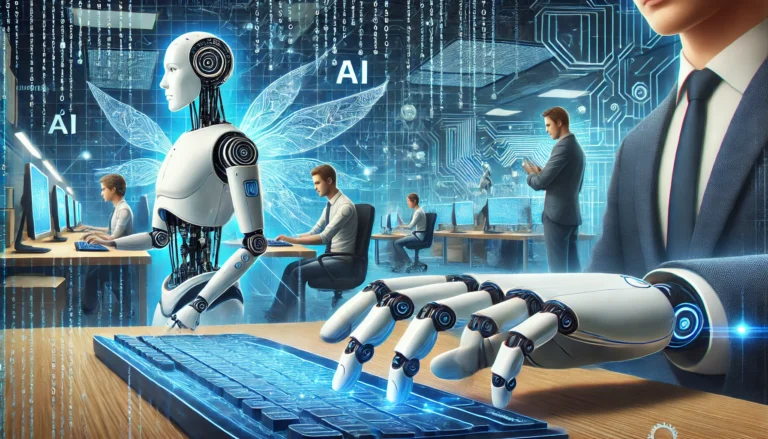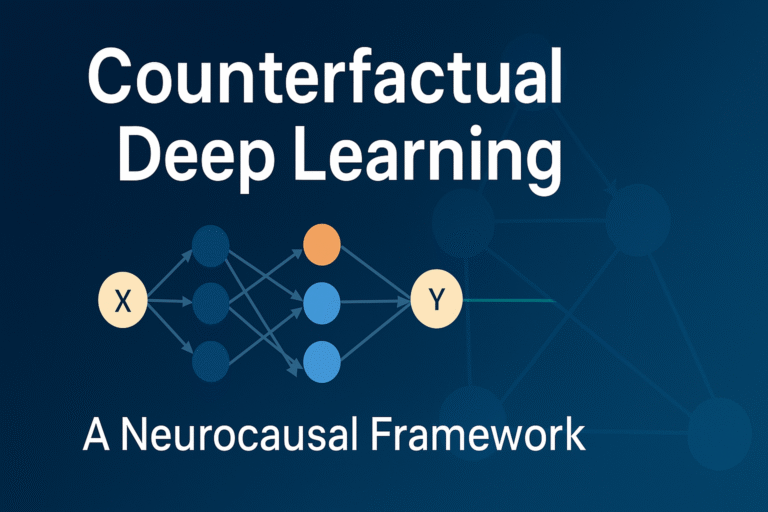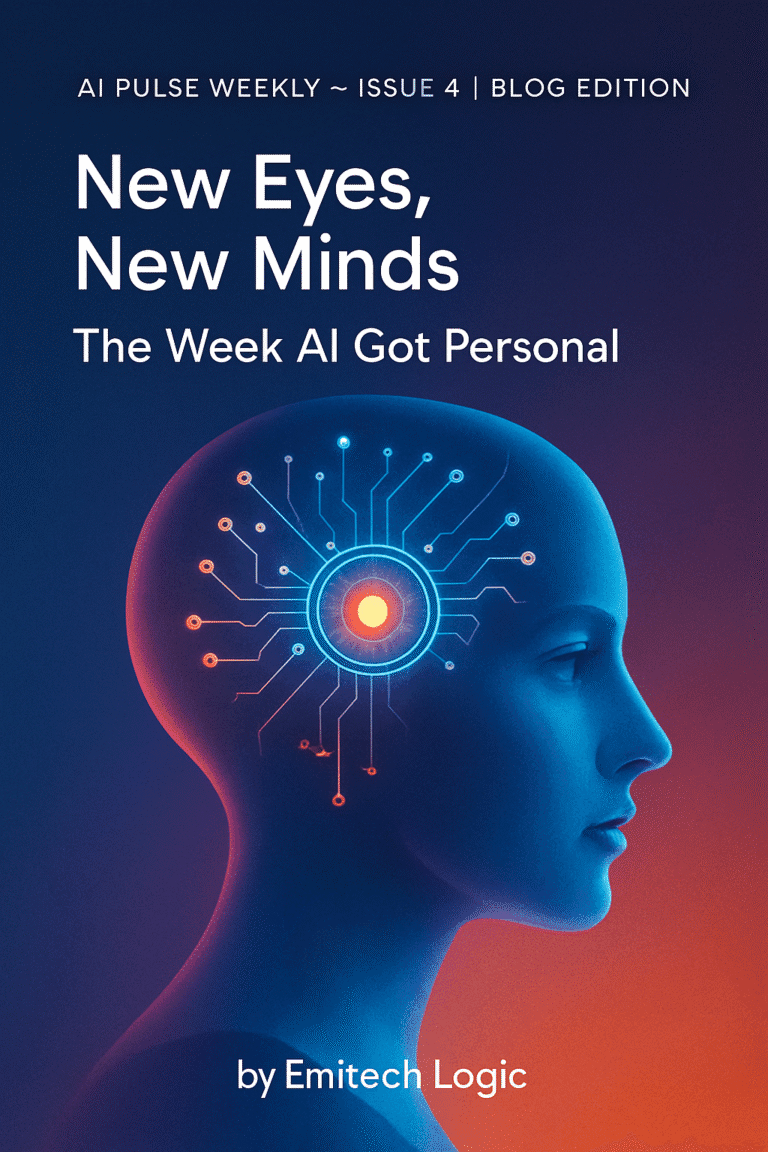China vs. USA: The Race for AI Supremacy and Where India Stands
Introduction
AI Supremacy: Artificial Intelligence (AI) is not a simple term, it’s not just a tool or Assistant rather it is the next frontier of global power. Countries that lead in AI will shape the future of technology, the economy, and security. Right now, there is a major competition between China and the USA. Both nations are investing billions in AI research and they are racing to dvelop most advanced models and infrastructure. Their AI models are already dominate industries like healthcare, finance, and defense.
This is more than a technology battle. Those who wins the AI race will dominate the tech world. The leader in AI will control the economy, military, and digital world. The USA leads with Google, OpenAI, and Microsoft. But China also gives tough competition to the USA with state-backed AI and tech giants like Baidu and Alibaba.
But what about India? With a growing tech industry and top AI talent, can India compete with these superpowers? Or will it play a different role in this AI race? Let’s explore where India stands in The Race for AI Supremacy.
Why AI Supremacy Matters in Global Politics
As I’ve already said, AI is not just about technology or tools — it’s about power, economy, and security. The country that leads in AI won’t just develop better tools or robots — it will shape global industries, military strategies, and political influence. This is why the USA and China are in a fierce race for AI supremacy. They’re investing billions in research, hiring the best talent, and building massive AI infrastructure — because they know that whoever leads will shape the future.
At the same time, India and many other countries aren’t sitting still. They’re working hard to secure their place in this fast-moving race, turning potential into real impact.
AI as the New Battleground for National Security
Today, we hear a lot of news about war. We usually think of wars involving soldiers, weapons, and traditional tactics. But have you ever heard of a war fought with data, algorithms, and intelligent automation?
Yes, you heard that right. These days, wars are increasingly being fought with data and algorithms — because AI is transforming military defense systems, surveillance, cyber warfare, and intelligence gathering.
- China’s AI-Powered Surveillance: China has built one of the most advanced AI surveillance systems in the world. It’s not just about cameras — we’re talking about facial recognition, biometric tracking, and even social credit scoring being used to monitor everyday life.
- This AI-driven system isn’t just focused on citizens. It also plays a big role in border security, public safety, and military intelligence — giving the government powerful tools to track, analyze, and respond in real time.
- Now, Let’s look at The USA’s AI Military Strategy.
- The USA’s AI Military Strategy: The U.S. military is using AI across different areas — from drones and missile defense to cyber operations. AI helps them process huge amounts of data, run war simulations, and make quick decisions in critical moments.
- One thing we must remember: these strategies are not meant to replace humans. The goal is to provide better tools to assist them — especially when quick, informed responses are crucial. In today’s world, where information moves in seconds, AI is becoming a key part of how the U.S. plans, protects, and reacts.
While many nations are busy building AI-powered tools to boost their industries, cybersecurity often doesn’t get the attention it deserves. But it should — because AI-driven hacking tools and deepfake technology are turning into serious threats.
It’s no longer just about firewalls and passwords. Countries now need AI-powered defense systems to stay ahead — to protect sensitive data, prevent cyber attacks, and safeguard national security in an AI-driven world.
AI and Economic Growth: The New Industrial Revolution

We’re in the middle of the Fourth Industrial Revolution, and AI is leading the Fourth Industrial Revolution. This fourth industrial revolution is not changing one industry — it’s reshaping entire economies around the world. Countries that invest in AI will grow faster with more automation, higher productivity, and new innovations.
Now, let’s explore the USA’s AI Economy and China’s AI-Driven Manufacturing & Smart Cities.
The USA’s AI Economy: When it comes to AI, the USA continues to lead the way — whether it’s startups, cloud computing, or software development. Some of its biggest companies, like Google, OpenAI, Microsoft, and Amazon, are shaping the direction of AI on a global scale.
These tech giants are building real-world AI solutions that are already making a difference — in healthcare, finance, e-commerce, and even self-driving cars.
But what really sets the U.S. apart? It’s the country’s strong private sector and deep venture capital support. This strategic combination helps them bring bold ideas to life, support new innovations, and much more — which is why the U.S. leads the AI economy.
China’s AI-Driven Manufacturing & Smart Cities: Meanwhile China is also taking a bold approach when it comes to AI. Especially in the areas like manufacturing, robotics, and smart cities it leads the world. Automate supply chains, improve factory productivity, and develop AI-powered public services are create a huge impact on the country’s Economic Development. The Chinese government’s Made in China 2025 strategy aims to make China the global leader in AI-powered automation and industrial intelligence.
These AI strategies will impact job markets in every country and every industry. Now, let’s explore this impact on job markets.
The Impact of AI on Job Markets: Automation vs. Employment
Already, We know that AI is changing the job market — it’s creating new jobs, but also replacing many traditional ones. Automation is taking over repetitive, low-skill jobs in retail, transportation, and manufacturing. This is forcing economies to train workers and help them learn new skills.
Job Creation: AI isn’t just taking jobs — it’s also opening new doors. Roles in AI research, data science, robotics, and even AI ethics are growing fast. Countries that invest in AI education and training today will have a more adaptable and stronger workforce in the future.
Job Losses: On the other side, many traditional roles — like customer service, factory work, and data entry — are being replaced by AI chatbots, robotic process automation (RPA), and AI-powered analytics. For countries that don’t act quickly, this could mean rising unemployment and an unprepared workforce.
To stay ahead, nations must balance AI automation — using AI to boost productivity while also investing in reskilling, education, and supporting new kinds of entrepreneurship powered by AI.
The Role of Machine Learning, Deep Learning, and Generative AI in Global Leadership
AI supremacy depends on breakthroughs in machine learning, deep learning, and generative AI. These technologies are reshaping economies, driving digital transformation, and influencing global AI ethics.
- Machine Learning (ML): ML driving AI-powered recommendation systems, fraud detection, and predictive analytics in finance and healthcare.
- Deep Learning (DL): DL is used in self-driving cars, speech recognition, medical imaging, and real-time language translation. Countries with strong AI research labs and large datasets will lead in this field.
- Generative AI (ChatGPT, DALL·E, Bard): Generative AI is changing content creation, code writing, and human-machine interaction. The USA leads in large language models (LLMs) and AI startups, but China is rapidly developing its own AI models to compete.

Countries that lead in these AI technologies will not only control innovation but also set global AI regulations, influence digital ethics, and shape the AI-driven economy.
USA’s AI Leadership: Strengths and Challenges
The United States is a global AI leader, advancing machine learning, deep learning, and generative AI. Top universities, venture capital, and AI-focused companies drive innovation. However, despite its strengths, the USA faces major challenges that could impact its position in the AI race.

Strengths: What Keeps the USA Ahead in AI?
- Tech Giants Fueling AI Innovation
The USA is home to AI powerhouses like Google (DeepMind, Bard), OpenAI (ChatGPT), Microsoft (Azure AI), Meta (Llama), and Amazon (AWS AI). These companies develop cutting-edge AI models. They also provide AI infrastructure for global businesses. - Leading in AI Research and Development
The USA leads in AI research publications, patents, and academic breakthroughs. Institutions like MIT, Stanford, and Carnegie Mellon are at the forefront of AI advancements. They training the world’s top AI engineers and researchers. - Semiconductor and Cloud Computing Leadership
Companies like NVIDIA, AMD, and Intel are driving the development of AI chips. These are important for training large-scale AI models. Meanwhile, AWS, Google Cloud, and Microsoft Azure are providing the backbone for AI-powered data processing, storage, and computing. - Strong AI Startup Ecosystem and Private Investments
The USA has a strong AI startup culture, supported by venture capital funding. Startups in AI automation, robotics, and generative AI receive billions of dollars each year, driving AI breakthroughs and commercialization.
Challenges: What Could Threaten the USA’s AI Dominance?
- Regulatory and Ethical Concerns
The rapid growth of AI has raised concerns about ethics, bias, and misinformation. Regulators in the USA are finding it difficult to balance innovation with ethical AI development. AI safety policies, deepfake regulations, and data privacy laws may slow down AI deployment. - Dependence on Global Semiconductor Supply Chains
The USA is a leader in semiconductor design. However, it is highly dependent on Taiwan (TSMC) and South Korea (Samsung) for production. The global chip shortage and geopolitical tensions have the potential to affect AI hardware production. This impacts AI research and deployment. - Rising Competition from China
China is rapidly closing the gap in AI infrastructure, generative AI models, and AI-powered industries. Its growth is driven by extensive government support and a centralized AI plan. China is now pushing back the USA’s dominance in AI with data-driven models.. - Workforce and AI Talent Shortage
The USA has the best AI universities but faces a talent shortage in AI engineering. Most AI professionals quit to work in foreign companies or even start their own enterprises. This leads to brain drain and increased demand for skilled AI professionals.
The USA remains a global AI leader, but maintaining this position requires strategic investments, AI-friendly regulations, and supply chain independence.
China’s AI Strategy: Dominance Through Policy and Investment
China is the USA’s biggest competitor in the race for AI dominance. It’s growing fast with government funding, smart policies, and rapid AI adoption.
It is not like the USA, where tech giants like Google and OpenAI lead AI research, China’s government is in control. This top-down approach helps China move fast in AI-powered industries, but it also comes with challenges—like global restrictions and ethical concerns.
It’s like a race where one runner (the USA) is powered by private companies, while the other (China) has a government-built engine. Can you guess who will win this race? Of course, it depends on who innovates faster and overcomes roadblocks along the way in the AI journey.

Strengths: How China is Gaining Ground in AI
- Heavy Government Investment in AI
China’s government is investing billions in AI research. It wants to be the world leader in AI by 2030. To make this happen, it created the New Generation Artificial Intelligence Development Plan (AIDP)—a clear roadmap for the future. This plan focuses on machine learning, AI automation, and quantum computing. With strong government support, China is moving fast. Let’s see Will it reach its goal or not in future. - AI-Powered Surveillance and Smart Cities
China has successfully integrated AI into city management, security, and public services. It uses AI-powered facial recognition, predictive policing, and traffic control to improve daily life. With these advancements, China is leading the way in smart city innovation. But as AI grows, so do the questions about privacy and ethics. What do you think—does the convenience outweigh the concerns? - Tech Giants Driving AI Innovation
Companies like Baidu, Tencent, Alibaba, and Huawei are driving AI research and development. Baidu leads in autonomous driving. Tencent focuses on AI-driven gaming and healthcare. Alibaba integrates AI into e-commerce and cloud computing. Huawei develops AI-powered 5G networks. - AI Integration Across Industries
Unlike many Western nations, AI in China is fully integrated. It is used in manufacturing, healthcare, finance, and defense. AI powers automated supply chains, medical diagnoses, and fintech applications. This makes it a key driver of economic growth.
Even though China has the strength to lead in the AI race, it still faces challenges in this battle. Let’s see what are all the challenges the China should face before it can take the lead in AI.
Challenges: What Could Slow China’s AI Growth?
- Here’s the first challenge: Global Restrictions on Chinese AI Firms. This is one of the biggest hurdles China must overcome. Many Chinese AI companies face sanctions and trade bans, especially from the USA. Companies like Huawei, SenseTime, and iFlytek are blacklisted by Western countries. They can’t access advanced AI chips and software, making growth difficult. Because of this, China is working to build its own semiconductor industry, but progress is slow and challenging.
- Next one is Ethical and Privacy Concerns
China’s use of AI for mass surveillance and censorship raises global concerns. Of course, it affects human rights and data privacy. While AI-powered surveillance helps with governance, it also creates challenges. Many countries prioritize data protection and individual freedoms. Those countries are hesitant to partner with China. Thats why China stuglle with global AI collaborations. - Dependence on Foreign AI Hardware
China has made progress in AI, but it still depends on NVIDIA, AMD, and ASML for advanced chips. Because of US export restrictions, getting these semiconductors has become harder. So, China is trying to produce its own chips faster, but progress is slow, creating a big challenge for AI development. - Trust Issues in Global AI Markets
Many international companies hesitate to use Chinese AI solutions because they worry about data security, government influence, and global regulations. This makes it harder for China to expand its AI technologies beyond its own market. Even now, some countries restrict the use of Deepseek AI.
China’s state-driven AI strategy allows fast adoption. However, trade restrictions and ethical concerns could slow down its global growth.
Where India Stands in the AI Race
The USA and China are racing for AI dominance. Meanwhile, India is making progress. It has a strong IT sector and a huge talent pool.
Government-backed AI programs are helping it grow, but India still faces big challenges to compete on a global scale.

India’s AI Growth: Strengths and Opportunities
- AI Adoption in Key Sectors
India is quickly adopting AI in many sectors.- Healthcare uses AI for early disease detection, so doctors can treat patients sooner.
- Fintech applies AI to stop fraud in digital payments because security is important.
- Education benefits from personalized learning platforms, so students get better support.
- Agriculture adopts AI for smart farming techniques, but farmers still need training. The rise of AI startups shows that India is serious about AI adoption. Of course, there are challenges, but progress is happening fast.
- Government Initiatives Driving AI Development
Programs like IndiaAI Mission, Digital India, and National AI Strategy support AI research and innovation. The AI for All initiative focuses on education and workforce training, so more people can build AI skills. Because AI is shaping the future, these efforts aim to make AI accessible across India. - A World-Class AI Talent Pool
India produces many AI engineers, researchers, and data scientists. Because of their skills, many work at top global companies like Google, Microsoft, and OpenAI. IITs and IISc actively support AI research, so innovation keeps growing. AI hubs in Bengaluru, Hyderabad, and Pune make India’s AI ecosystem even stronger. - Growing AI Startups and Innovation
India’s AI startup ecosystem is growing quickly. Because AI is in high demand, companies focus on NLP, automation, and computer vision.- Gupshup specializes in conversational AI, so businesses can improve customer interactions.
- SigTuple develops AI for medical diagnostics, making healthcare more efficient.
- Arya.ai focuses on deep learning solutions, helping industries automate complex tasks.
Challenges India Faces: What’s Holding It Back?
- Limited AI Infrastructure and Computing Power
India struggles with AI computing infrastructure. Because high-performance computing (HPC) clusters are limited, researchers face challenges. AI-specific data centers are still developing, so access to powerful computing is restricted. Cutting-edge GPUs are also scarce, making it harder to train advanced AI models. - Dependence on Foreign AI Chips and Cloud Services
India depends on imported semiconductors and cloud computing services from NVIDIA, Intel, AWS, and Google Cloud. Because there are no major domestic AI chip manufacturers, India is vulnerable to global supply chain disruptions. - Need for More AI Research Funding
AI research in India is growing, but funding for large-scale projects is still low compared to the USA and China. Because investments are limited, both public and private sectors need to step up. University collaborations also require more support, so AI-driven innovation can thrive. - Startup Ecosystem Support and AI Commercialization
Although India has many AI startups, scaling them into global AI leaders is still a challenge. Because funding and mentorship are limited, many startups struggle to grow. Access to global AI markets is also difficult, so their impact remains restricted. Of course, India’s startup ecosystem is evolving, but more support is needed for global success.
Must Read
- The 1956 Dartmouth Workshop: How a Summer Workshop Defined Artificial Intelligence
- History of AI
- Interactive Introduction to AI: Machine Learning, Neural Networks & Supervised Learning for Beginners
- Python String Comparison Tutorial: Complete Guide
- How to Build a Python Port Scanner From Scratch
India’s AI Roadmap: Can It Compete with China and the USA?
India is not yet at the level of the USA and China in AI supremacy, but it has a clear path to becoming a global AI powerhouse.
To compete, India must strengthen AI policies, increase research funding, and expand AI infrastructure. Because AI growth depends on collaboration, the government, private sector, and academia need to work more closely together.
Key Strategies for India’s AI Growth
Strengthening AI Policy and Governance
The Indian government is shaping AI policy through initiatives like the IndiaAI Mission, National Strategy on AI, and Digital India. But to compete globally, India must:
- Create clear AI regulations that balance innovation and ethical AI use.
- Develop a national AI cloud to support startups and research institutions.
- Invest in sovereign AI capabilities to reduce dependence on foreign AI chips and cloud services.
Boosting AI Research and Development (R&D)
India’s AI R&D funding is still far behind the USA and China. To close this gap, India needs to:
- Increase government funding for AI research in IITs, IISc, and private universities.
- Set up AI research centers in partnership with global tech giants.
- Encourage AI patent filings and intellectual property development to strengthen its AI ecosystem.
Public-Private Collaboration for AI Innovation
India’s tech industry, led by TCS, Infosys, Wipro, and startups, is investing in AI. But to scale AI innovation, stronger partnerships are needed:
- Government-backed AI incubation centers to support startups.
- Collaboration between IT giants and universities to speed up AI product development.
- Corporate investments in AI-driven automation, NLP, and healthcare AI solutions.
India has the potential to become a global AI powerhouse, but it needs the right policies, funding, and collaboration to get there.
India’s Potential as a Global AI Outsourcing Hub
India has been a leader in IT outsourcing for a long time. Now, AI offers a huge opportunity to expand this advantage. Because India has a skilled AI workforce and lower costs, it can become a top AI outsourcing hub. So, India can offer:
- AI model training and data annotation services for global AI firms.
- AI-as-a-Service (AIaaS) solutions for businesses worldwide.
- AI-powered customer support, healthcare diagnostics, and fintech automation for global markets.
But to compete with China, India must scale AI research, improve infrastructure, and refine AI policies. Of course, this won’t happen overnight. It requires long-term strategic planning, higher AI investments, and stronger global partnerships. If India succeeds, it could become a global AI leader.
The Future of AI: A Three-Way Race?
The AI race is no longer just between China and the USA. India is emerging as a potential AI leader, and many other countries are strengthening their AI strategies.
As geopolitics, technology, and ethics shape the future of AI, three key questions arise:
1. Will China Surpass the USA in AI Leadership?
China has big AI goals and is quickly catching up with the USA. Whether China overtakes the USA depends on a few key factors:
- Government-Driven AI Growth: China’s AI strategy is controlled by the government, with huge state funding and national AI projects. The USA, however, depends more on private companies for AI progress.
- AI Talent and Research: China now publishes more AI research papers and patents than the USA. But the USA still leads in major AI breakthroughs.
- Semiconductor & Hardware Dependence: China struggles to get advanced AI chips due to US sanctions. If China can make its own chips, it could take the lead.
- AI in Military and Surveillance: China invests heavily in AI-powered surveillance, smart cities, and military technology. This helps in state-controlled AI development, giving China an advantage in these areas.
While China is advancing quickly, the USA still leads in AI hardware, core research, and private-sector innovation. The next 10 years will decide whether China can surpass the USA or just keep up.
2. Can India Emerge as a Neutral AI Power?
India has the potential to become a third key player in the AI race. It acts as a neutral AI power, working with both China and the USA while staying independent.
- AI for Economic Growth: India focuses on AI to grow its economy, not for global dominance. This makes it a trusted AI service provider worldwide.
- Collaboration with the USA and China: India partners with US tech giants while also working with Chinese AI companies in non-sensitive sectors.
- Regulatory Balance: India can create fair AI regulations that protect privacy, support innovation, and ensure security. This could make India a trusted AI leader.
If India improves its AI policies, infrastructure, and talent, it could become a major AI hub—not by competing directly with China or the USA, but by bridging the gap between them.
3. The Impact of Global AI Regulations and Ethics
As AI systems grow stronger, global AI rules and ethics will shape the AI race. Some key concerns are:
- AI Bias and Fairness: AI models must be fair and unbiased, especially in healthcare, hiring, and law enforcement.
- AI Regulation vs. Innovation: The EU, USA, and India are making AI laws, but too many rules could slow down progress.
- Geopolitical AI Restrictions: The USA’s AI export bans on China and fears of AI-driven misinformation are changing global AI alliances.
- The Role of the UN and Global AI Standards: The world may need international AI rules to stop misuse while ensuring fair AI competition.
The future of AI leadership may not be about one winner. Instead, it could shift toward a multipolar AI world, where the USA, China, and India each play a major role.
Conclusion: The Future of AI Power Dynamics
The race for AI dominance is shaping the future of global power. While the USA and China lead, India is making smart moves to become a global AI hub.
- The USA leads in AI research, semiconductor tech, and private-sector innovation, but it struggles with AI regulations and supply chain issues.
- China is closing the gap with government-backed AI projects and AI-powered industries, but trade restrictions and ethical concerns slow its progress.
- India has the potential to be a key AI player, thanks to its strong talent, digital growth, and global partnerships. But it must improve infrastructure and funding to compete fully.
Looking ahead, no single country will “win” AI. The future of AI leadership depends on innovation, ethical AI development, and global cooperation. Nations that can balance AI growth with responsible policies will shape the next wave of AI-driven transformation.
FAQs on The Race for AI Supremacy
FAQs on The Race for AI Supremacy
Common questions about global AI competition
External Resources
AI Trends & Global Competition








Leave a Reply